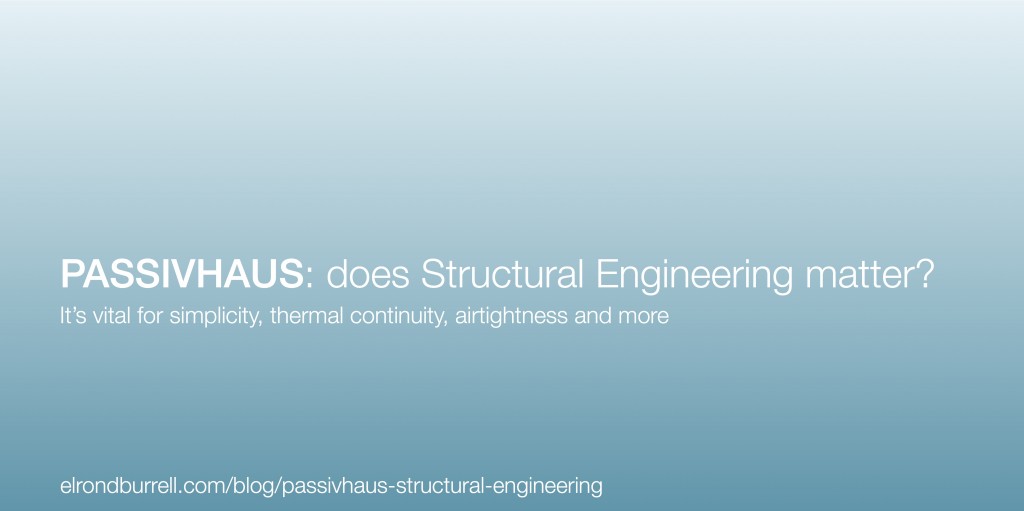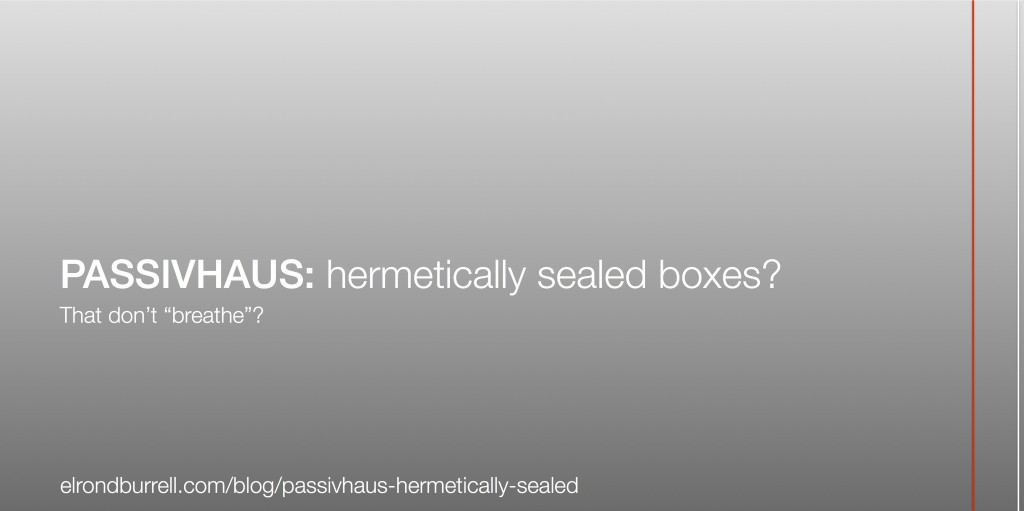Integrated design is a key element of successful passivhaus design, as I wrote about in a previous post. Certified passivhaus designers and consultants are often architects, building services engineers or sustainability specialists. So how important to the integrated design process is the structural engineer? The answer is: vitally important!
There are significant benefits in having a structural engineer who is also a certified passivhaus designer on the team as this post explores. Where this isn’t possible, at the very least the structural engineer needs a good understanding of passivhaus and the importance of their role in the design process.
Structural engineering has a significant impact on design simplicity, thermal continuity, airtightness and more.


